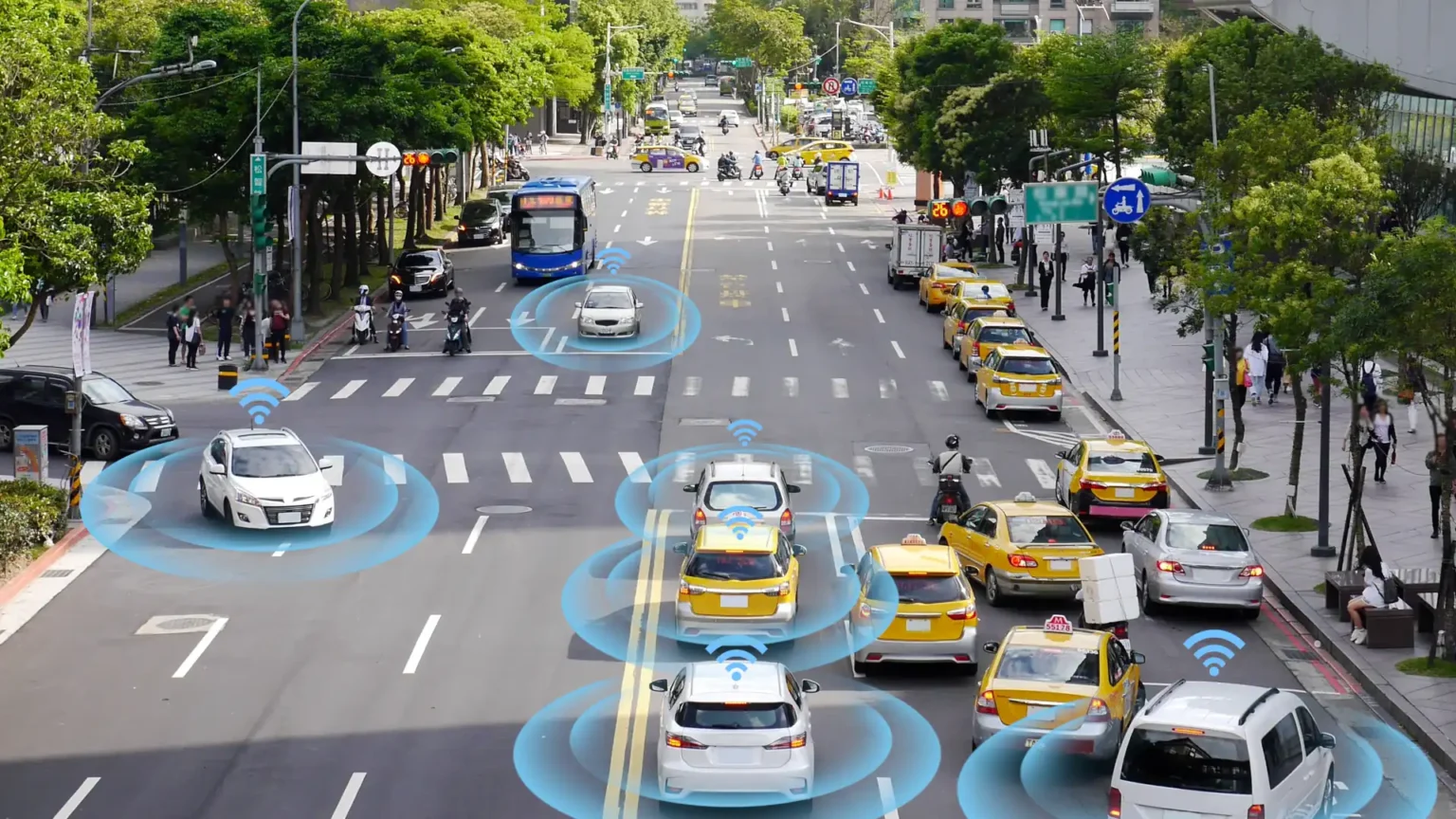Autonomous vehicles in New Zealand are gradually becoming a reality, with significant advancements in technology, ongoing trials, and a growing focus on regulatory frameworks. While New Zealand has yet to see widespread use of autonomous vehicles (AVs) on its roads, we know progress is being made. So, what is the status of AV technology in New Zealand? We discuss ongoing trials, regulatory and safety challenges, the role of government and industry, and the future timelines for adoption.
Where Are We Now in AV Technology?
As of 2024, New Zealand is in the early stages of adopting autonomous vehicle technology. Many of the necessary components for AVs—such as advanced sensors, cameras, and artificial intelligence (AI) algorithms—are being tested and refined globally, and these innovations are gradually making their way into the New Zealand market. Several local technology firms and research institutions have begun collaborating with international partners to bring these innovations closer to New Zealand’s roads. The Ministry of Transport has an Automated Vehicles Work Programme exploring this. However, fully autonomous vehicles are not yet commonly used.
Testing Phase
New Zealand has begun experimenting with autonomous vehicle technologies through controlled trials. For example, several universities and private sector companies are conducting trials with semi-autonomous vehicles to assess their functionality in various environments, from city streets to rural roads. These trials provide critical data about how AVs can navigate New Zealand’s unique landscape, road conditions, and traffic patterns.
Some testing has been done in public spaces, particularly in areas with lower traffic densities, allowing regulators to observe vehicle performance in real-time situations. However, unpredictable weather conditions and varying road infrastructure pose unique difficulties, requiring extensive testing before a full rollout.
It’s safe to say New Zealand is in the testing phase and is gradually integrating autonomous vehicle (AV) technology through various trials and initiatives. Here are some concrete examples of how AV technology is seen or implemented:
Autonomous Bus Trials
Several autonomous shuttle trials have been conducted, including one at Christchurch Airport. These trials test how AVs can navigate New Zealand’s unique road environments and offer insights into safety and operational logistics.
Public Transport Integration
In Queenstown, an autonomous electric shuttle has been trialled to explore the potential for integrating self-driving vehicles into public transport networks. This aims to reduce congestion and lower emissions.
Industry Collaborations
Companies like New Zealand’s Waka Kotahi (NZ Transport Agency) have been actively collaborating with international partners to explore autonomous driving technology. These collaborations focus on adapting global innovations to local contexts, including road safety and AV readiness.
Regulatory and Safety Challenges
The implementation of autonomous vehicles in New Zealand is heavily influenced by regulatory and safety standards. While New Zealand has a relatively flexible regulatory environment allows for innovation, the country still faces significant challenges. The government has initiated consultations and is working on frameworks to manage the introduction of AVs, but questions remain about the safety standards, data privacy, liability in case of accidents, and cybersecurity concerns that AVs introduce.
The Ministry of Transport is playing a key role in developing these regulatory frameworks. Public safety remains a top priority, meaning self-driving vehicles will not be allowed widespread use until stringent safety measures are in place and they can reliably interact with human-driven vehicles.
The Role of New Zealand Government
In partnership with the private sector, the government is crucial in advancing autonomous vehicle technology in New Zealand. The Ministry of Transport and other governmental bodies have spearheaded initiatives to understand and regulate the impacts of AVs. Public consultations are ongoing to address the regulatory hurdles and gain insights into public perception and acceptance of self-driving cars.
Additionally, local companies and universities are investing in research and development. Industry collaboration is vital, especially as global automotive and tech companies drive innovation. New Zealand’s relatively small population and diverse driving conditions offer an ideal testing ground for autonomous vehicles before a global rollout.
What the Future Looks Like for Autonomous Vehicles in NZ
The timeline for adopting autonomous vehicles in New Zealand depends on multiple factors, including technological readiness, regulatory approvals, and public acceptance. It has been suggested that semi-autonomous vehicles could become common within the next five to ten years. Fully autonomous, driverless vehicles are likely further off—perhaps a decade or more.
Continued advancements in AI, machine learning, and vehicle-to-infrastructure (V2I) communication will be critical in pushing the adoption timeline forward. Experts predict that fully autonomous vehicles will initially be deployed in controlled environments, such as public transportation or ride-sharing services before private ownership becomes more common.
With the current pace of development, we may see the early stages of autonomous vehicles on public roads within the next decade, setting the stage for a transformative shift in the nation’s transport landscape.




